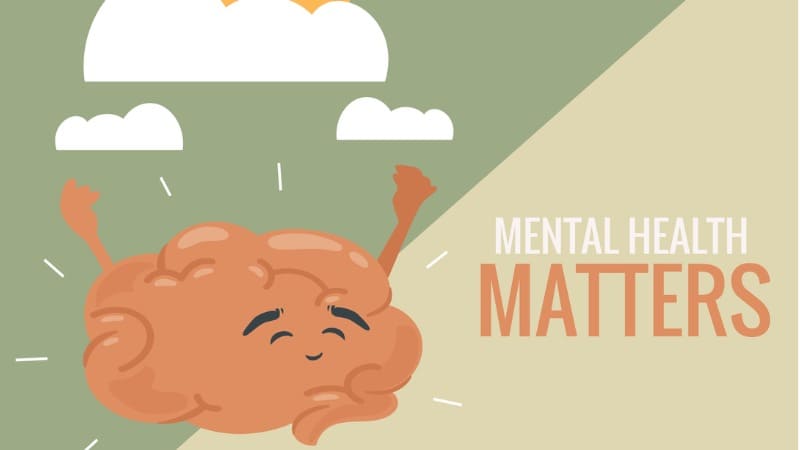In recent years, society has come a long way in understanding and solving mental health concerns. However, the stigma associated with mental illness still stands in the way of growth. We must keep breaking down the barriers of stereotypes and expanding the conversation about mental health if we are to create a world that is healthier and more humane genuinely.
Comprehending the Stigma:

The severe issue of mental health stigma is a result of hatred, fear, and misunderstandings. Individuals dealing with mental health issues frequently encounter intolerance, criticism, and isolation, which keeps them from getting the support that they want. Stigma can take many different forms, ranging from mild prejudices in society to overt injustice, and it can create a stigma that prevents people from talking openly about mental health.
Busting Myths & False Beliefs:

Education is one of the best strategies to fight stigma. It’s critical to clear up popular myths and misconceptions about mental health. Many people mistakenly think that mental health problems reflect one’s inferiority or failure. Many other elements might contribute to mental health disorders, including biological, environmental, and psychological ones.
Furthermore, mental health is not limited to particular groups of people. People of many ages, backgrounds, and socioeconomic positions are impacted by it. We create the path for a more accepting and empathetic society by confronting these misconceptions.
Encouraging Honest Communication:

Breaking the stigma requires creating an environment of open conversation. Persons who are encouraged to talk about their experiences develop empathy and make it easier for others to relate to the difficulties that persons with mental health disorders undergo. Individuals can more easily connect to and support one another when they see the human side of challenges related to mental health.
The normalization of these conversations has significantly been portrayed by famous people and celebrities expressing their experiences with mental health. Their honesty removes the stigma and motivates fans and followers to get treatment when necessary.
Reducing Stigma in the Workplace:

The stigma around mental health often develops in the workplace. Employees frequently keep their mental health issues hidden out of fear of consequences, unfair treatment, or even losing their jobs. By putting in place mental health policies, providing services, and fostering an atmosphere that puts employee well-being first, employers may help create a workplace free from stigma.
Open conversations about mental health at work can result in a more compassionate and understanding environment. Employee assistance programs, mental health days, and a decrease in the stigma of mental health terms can significantly affect the general culture of the workplace.
The Influence of the Media on Perceptions:
The media has a significant influence on how society views specific issues. Breaking the stigma can be enhanced by the responsible representation of mental health in films, TV series, and news articles. By portraying individuals with mental health issues accurately and sensitively, the media can aid in eliminating misconceptions and promoting understanding.
conclusion:
Removing the stigma connected to mental health is a continuous struggle that calls for teamwork. We can create a society where mental health is valued and celebrated by addressing workplace stigma, encouraging professional help, supporting open discussion, increasing understanding, and promoting positive impressions through the media. We can only create a more positive future free from the stigma associated with mental illness by working together. Let’s attempt to remove these obstacles one dialogue at a time and create a society where everyone is supported, understood, and feels noticed on their journey toward mental health.


